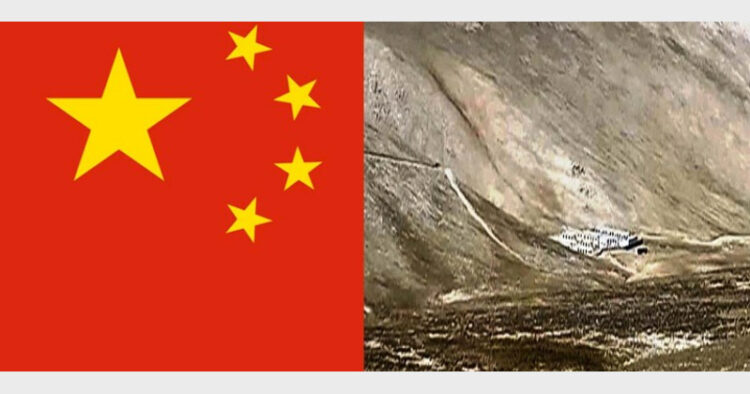Kathmandu [Nepal]: Kathmandu remains silent over China's expansionist designs in the Himalayan nation as several media reports indicate illegal encroachments by Beijing in bordering districts including Humla, Gorkha, Darchula, Dolakha and Sindhupalchowk.
In September last year, a seven-member committee headed by the home secretary was formed by the Nepal government to study the Nepal-China border in the northern part of Humla. The team studied border pillars, especially in the Limi valley, and initial findings confirmed that there were some serious border issues between Nepal and China.
Sources reveal that the Committee has finalized its report, but the Home Ministry withheld the findings as there has been no response from China over the issue.
Jaya Narayan Acharya who was the member of the team deployed to assess the situation and prepare a report said, "We have included geographical and socio-cultural issues and physical infrastructure built in the area in the report, along with our findings. Also, the findings during our interactions with the local people have been included in the report."
"During the visit, we also found that the boundary pillars were fenced with wire and repaired but it is not known who actually did it. We have suggested the formation of joint inspection teams from both the countries and pursue the issue diplomatically," Acharya added.
One of the ANI sources inside the Ministry of Home Affairs confirmed that Nepal has approached the Chinese side over the issue but there has been no response to date over the issue.
The then government led by Prime Minister KP Sharma Oli directed the Chief District Officer (CDO) of Humla district to study and submit a report. The findings have not been made public, but Nepali newspapers quoted the CDO as saying that the construction seems to have taken place 1 kilometre inside Chinese territory.
It was opposed by the Nepali Congress who tabled a resolution in Parliament calling on Prime Minister Oli "to bring back these encroached territories by holding the dialogue," with China.
The allegations also led to protests in front of the Chinese Embassy in Kathmandu, where protesters chanted slogans calling a "stop (to) Chinese Intervention" and to "Chinese Encroachment". Nepali Congress leaders at that time even accused the Oli government of appeasing Beijing and remaining quiet when China had encroached on Nepali territory.
The relations between Nepal and China in the last few decades have improved significantly, especially after Tibet became a part of the autonomous region of China and, for the first time, the two neighbours share a boundary of 1,439 kilometres.
Nepal and China decided to delineate and demarcate the boundary line through the Nepal-China Boundary Agreement on March 21, 1960. This boundary agreement replaced the Treaty of Thapathali and recognized China's sovereignty over Tibet and agreed to surrender all privileges and rights granted by the old treaty.
After a detailed survey and mapping on both sides, a formal settlement of the Boundary treaty was finalised on October 5, 1961.
The boundary line was demarcated on the basis of traditional use by the country, possessions and convenience. There were conflict areas where the policy of 'give and take' was used.
Nepal had given about 1,836 square kilometres of land to China, while China had given Nepal 2,139 square kilometres of land.
Furthermore, the watershed principle of the Himalayan range was used to demarcate the boundary on the Northern side. The area encompasses various passes, mountain peaks and pasture lands.
In the cases in which the pasture lands of a citizen of one country falls on the other side of the border, the choice of citizenship was given to the landowner.
However, there were some minor conflicts that emerged over the boundary over the last few decades.
For instance, in the north of Lapchigaun in the Lamabagar area of Dolakha district, the pillar marked 57 has been claimed to be placed inside Nepal instead of what was initially assumed.
The dispute concerns six hectares of land and because of this dispute, the fourth protocol is still on hold. There was another conflict regarding the ownership of Mount Everest (Sagarmatha) but with Chou En-lai's visit to Kathmandu in 1960, he made it clear that Mount Everest belongs to the people of Nepal. (ANI)














Comments